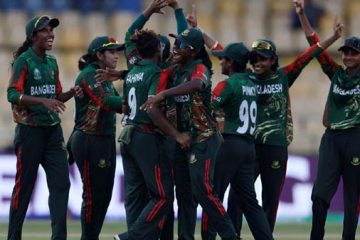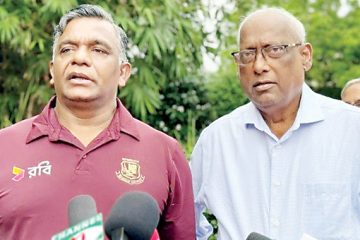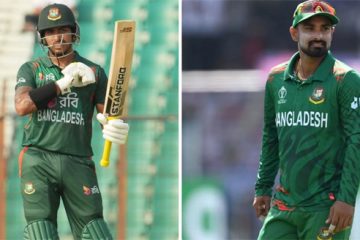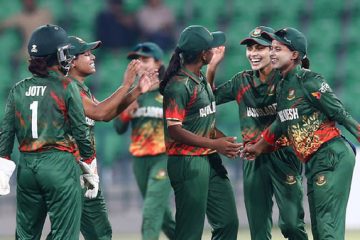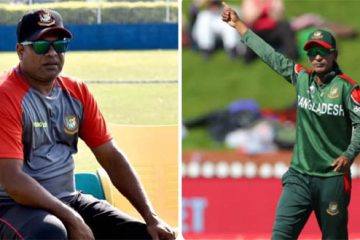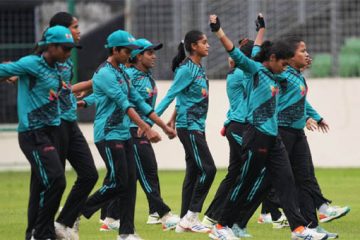Cricket commentator and former England player Anthony William Greig passed away in Sydney yesterday afternoon. Greig, who had been diagnosed with lung cancer in October, succumbed to a heart attack at the age of 66. Known in cricketing circles primarily as “Tony”, Greig’s booming voice has become well known to cricket’s television audiences. Enthusiastic, effusive, witty and for the most part fair, Greig’s brand of colour commentary appealed not only to expert watchers — for whom he could dissect the nuances of the on-field action — but also to casual fans, for whom he would cheerfully explain the difference between an inswinger and an outswinger. Greig had been in the commentary box for over 30 years.
Long before his commentary stint, however, Greig was a quality player in the England sides of the seventies. He played as an all-rounder and can boast many fine performances with both bat and ball at the Test match level, as well as fielding and captaincy contributions.
In pure numbers, Greig played in 58 Test matches for England. In these he scored 3,559 runs at an average of 40.43, took 141 wickets at an average of 32.20 and held onto 87 catches.
To put Greig’s figures into perspective, it should be noted that the difference between his batting and bowling average (8.23) — a common measure used to assess the effectiveness of all-rounders — is greater than that of Sir Ian Botham (5.14), Kapil Dev (1.41) and Sir Richard Hadlee (4.87). His ratio of catches to matches is comfortably ahead of Imran Khan, as well as the other all-rounders mentioned.
Greig however, was more than just numbers. Standing 6 feet 6 inches tall, the South Africa-born player naturally caught the eye. In both deed and word, Greig’s colourful antics ensured that he held it.
Greig’s controversial but fair run out of Alvin Kallicharan had to be reversed to avert the threat of violence from the crowd in the West Indies in 1973/74. Before the ’76 home series against the men from the Caribbean, by-then captain Greig’s spicy boast to make the West Indies “grovel” was an international incident. In between such jousts, Greig could be found appealing excessively under Sunil Gavaskar’s nose at silly point in India or signalling his own boundaries to an irate Dennis Lillee in Australia.
Greig became one of the most reviled men in cricket when it was uncovered that he had acted as Kerry Packer’s chief recruiting agent for World Series Cricket. While the establishment saw him as a pariah for his actions, today’s well-paid cricketers owe Greig a warm thank you for this action.
Beyond the colour still, there were some very credible performances on the field. Facing the wiles of Bedi and Chandrasekhar on the turning wickets of India in ’72, Greig developed the “standing up stance”, which players such as Graham Gooch have imitated. Greig finished that series with an average of 64. As English batsmen folded over in the face of Thomson and Lillee’s pace assault down under in 1974-75, Greig stood tall and slashed his way to the top of the averages for the series.
With the ball, he could be a handful too, as 13 West Indians including Gary Sobers, Rohan Kanhai and Clive Lloyd would know from the Trinidad Test of ’74. Greig the bowler used his height to get bounce and his big fingers to impart off spin/cut to the ball that in helpful conditions could do for any batting line up in the world.
Tony Greig was born in South Africa, played for England, had a Sri Lankan grandmother and retired and died in Australia. Wherever he went — as a player or as a commentator — he carried cricket’s flag with him. With his passing, cricket has lost one of its genuine characters.
-With The Daily Star input









